Check out what is titanium anodizing and how to anodize titanium.
In general, anodized aluminum is the most common one in anodizing process, however, anodized titanium is widely used in aerospace and medical industry. In this article, let’s find out what is anodized titanium and how to anodize titanium. Afterward, you can decide whether to use anodizing to enhance performance of your titanium parts.
Anodized titanium is popular in aerospace industry, and it has a long history throughout the development of aircraft, which was firstly used to protect aircraft parts from corrosion. Nowadays, aerospace constructors and companies keep using titanium anodizing to reduce weight and protect parts and components from wear, corrosion and aging. Titanium anodizing is fond by medical industry as well. Anodized titanium is non-toxic as well as an ideal application for orthopedic implants. Titanium anodizing plays an important role in making such parts for specific industry, which is an electrolytic finishing process that create an oxide layer on the surface of titanium. The whole process is trigged by direct current power supply, while the titanium part forms the anode electrode of an electrolytic cell which is called anodizing.
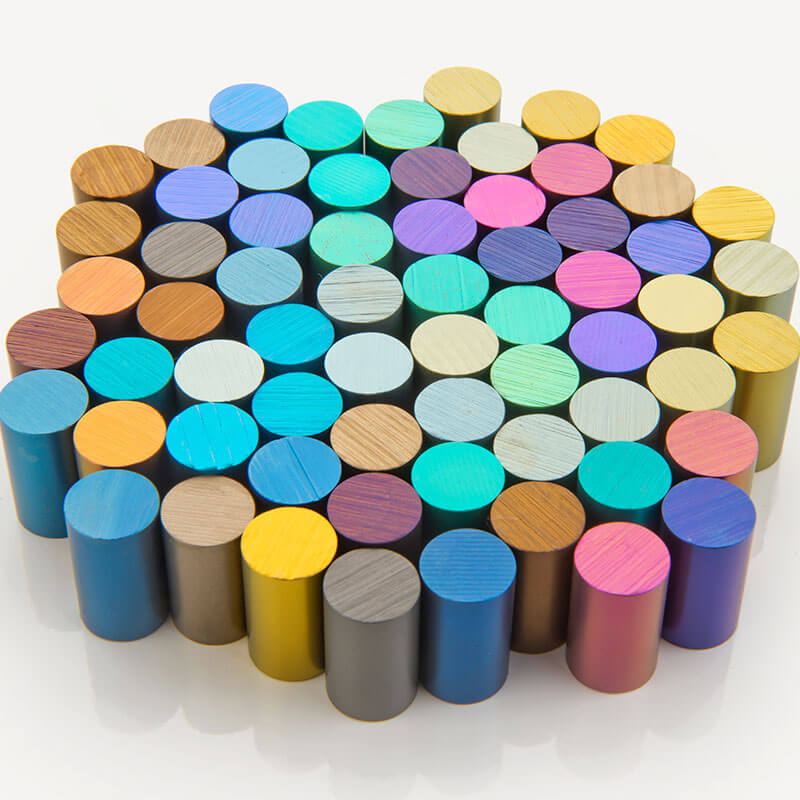
Image Source: Titanium Finishing Company
There are mainly three types in anodizing, and methods of titanium anodizing can be divided by using scenarios:
Type II Titanium Anodizing - Create a robust oxide layer to enhance part performance and improve wear resistance.
Titanium is an ideal material for orthopedic implants. However, the untreated titanium parts will generate titanium dust when they rub against each other, which is an outcome that is undesirable for orthopedic implants. In this case, it is necessary to protect the titanium part surface finish and improve wear and tear resistance. Type II titanium anodizing helps create a robust and wear resistant oxide layer, reducing friction and improving mobility. Besides, temperature resistance is one of the most important standards in some aerospace applications. The Type II anodized titanium is being able to withstand a temperature range of -70 °F to 260 °F and resist corrosion.
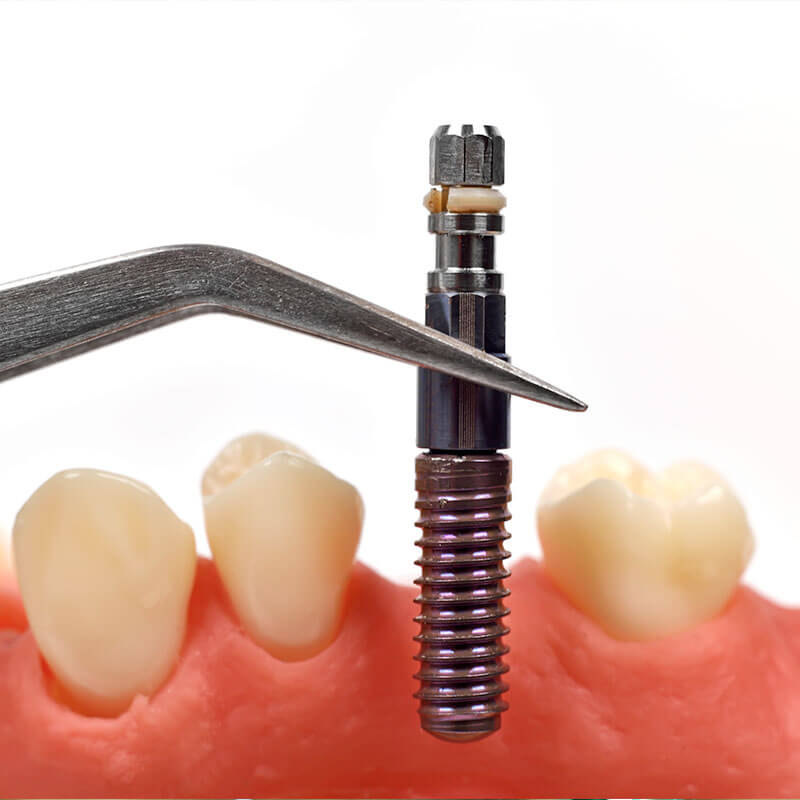
Image Source: Titanium Finishing Company
Type III Titanium Anodizing - titanium color anodizing for quick visual identification of parts.
Basically, titanium color anodizing is a wildly used method for general color-coding and identifications. By color anodizing titanium, users can simply tell what they need instead saying the specifications of the parts, while they can also recognize the needed one easily and precisely. Take size identification as an example. If you are a mechanic in automotive industry, how can you find the exact desired screw out of a sea of screws and components? The unique color anodized titanium parts can solve that issue, different parts with specific sizes are distinguished by colors. Color anodizing titanium parts are popular in various industry, including architecture, art, consumer goods, jewelry, medical implants, outdoor equipment, etc.
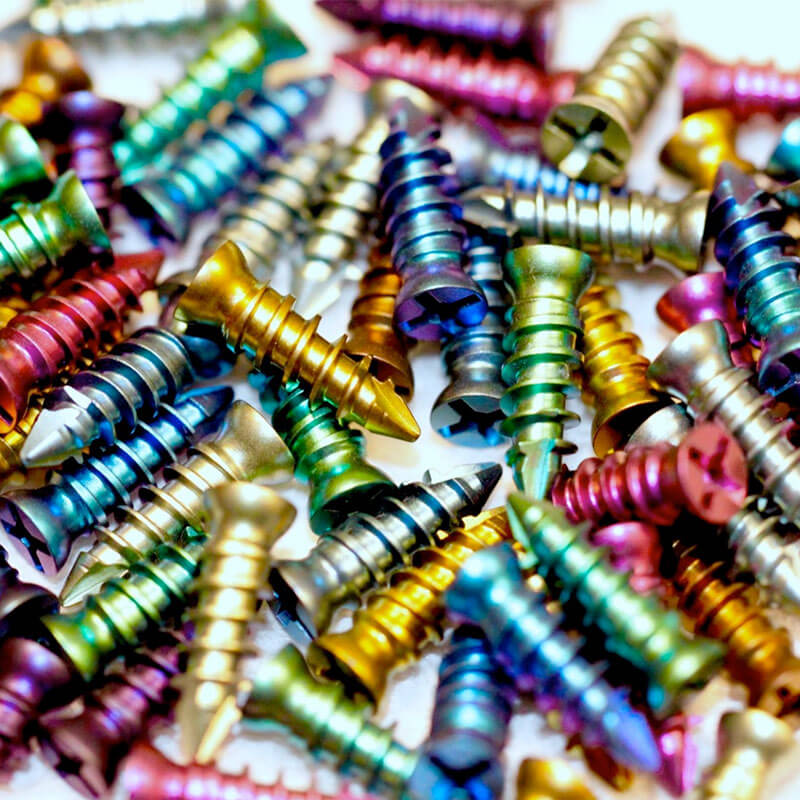
Image Source: Titanium Finishing Company
The key difference between Type II and Type III titanium anodizing is the industry standard. Unlike Type II titanium anodizing follows the industry standard AMS 2488, Type III titanium anodizing lacks of industry-wide standards to define specific colors in the Type III spectrum, which result in color matching of titanium parts from one batch to another is a big challenge.
What is titanium color anodizing?
Titanium color anodizing require high precision equipment and experienced engineers because create high-quality color anodized titanium part need carefully handle.
Naturally, when titanium exposes under atmospheric conditions, a thin oxide layer forms on the surface of it since oxygen reacts with the titanium surface. The process happens naturally to protect titanium from further reactions to air and moisture. Under this circumstance, the naturally formed oxide layer is about 1 to 2 nanometers thick, and will continue to grow as 20 to 25 nanometers. This is the situation without titanium anodizing.
In color titanium anodization, anodizing machine helps titanium to generate an oxide layer on the titanium surface to create the “color illusion”. It is a phenomenon that close to prism, and the titanium oxide layer gives the perception of color by the interference in anodizing process. Light reflects from the oxide layer and the underlying titanium at different angles, while the reflections interfere with each other simultaneously. Then, the “color illusion” occurs when certain wavelengths of lights cancel each other or combine so that the remaining light of color is generated. Titanium anodizing does not require dyes to create color perception, which is different from aluminum anodizing and considered as biomedically safe. During color anodizing process, the thickness of the oxide layer can be increased and controlled, so that the titanium part performance can be guaranteed.
Bronze titanium has the thinnest color layer on the titanium color spectrum. To utilize color titanium anodization, the oxide layer thickness of bronze titanium can be increased to 30 to 35 nanometers. Green titanium can be achieved with an oxide layer thickness of 50 to 55 nanometers, which is one of the thickest color layers.
However, due to the “color illusion” nature of titanium color anodizing, there are limited color range and alternatives. Red, particularly, is not possible to be generated in the process, but the close and available colors are magenta, rose, or purple.
How to color anodize titanium?
Chemical Stage
Similar as aluminum anodizing, the chemical method is to submerge the titanium part in an electrolyte solution. Use TSP (trisodium phosphate) to form an alkaline solution, which is a common chemical solution for titanium anodizing. There are still many chemistry options left to create an electrolyte solution. In chemical stage, it offers ions in the electrolytic process but does not affect the surface of titanium parts.
Electrical Stage
A specialized rectifier is required to covert alternating current to direct current in electrical stage. Besides, the rectifier allows you to regulate specific voltage and control the amperage.
The voltage determines the anodized color, and the volt range for color titanium anodization is between 15 and 110 volts. As mentioned above, color of bronze is the thinnest oxide layer, and only 16 volts can generate bronze titanium. While green titanium can be achieved with about 106 volts.
The amperage determines how long the process takes. The faster the oxide layer forms by increasing the amperage. However, inconsistent color is the biggest issue when increasing the amperage. Besides, titanium part size determines amperage as well. In general, the larger the product, the more amperage it will use.
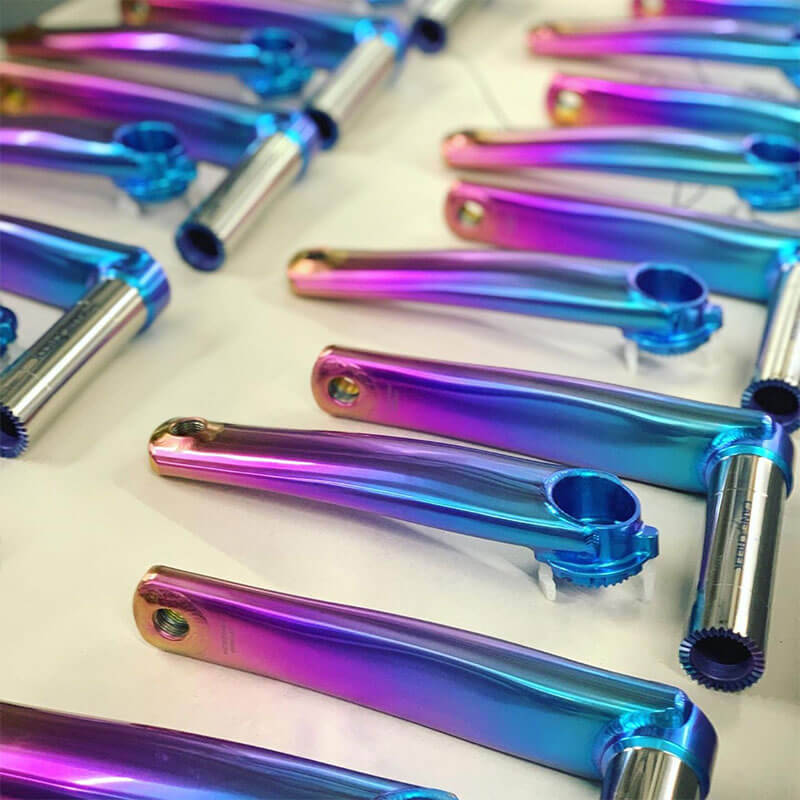
Image Source: Titanium Finishing Company
Please feel free to try instant quoting on our website or email hello@wenext.com if you are interested.

3D printing has become a key technological pillar for the new energy vehicle industry to achieve lightweighting, intelligence, and sustainable development, bringing fresh competitiveness to the sector's advancement.
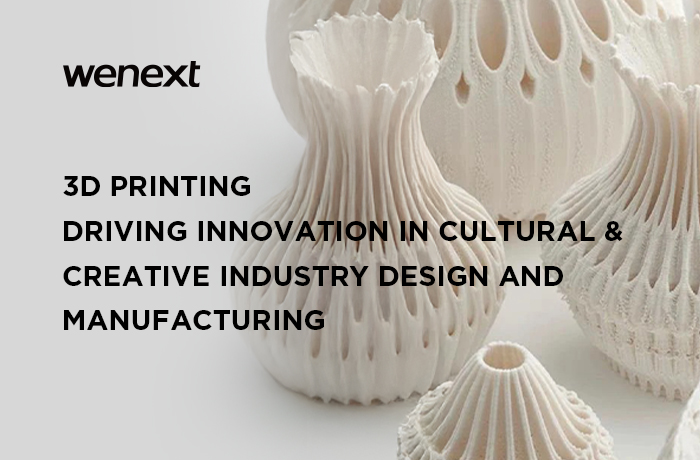
3D printing technology is reshaping the landscape of the cultural and creative industries in application scenarios such as customized cultural product creation, film & TV IP derivative development, and game merchandise production.

3D printing technology has become a key force driving the advancement of manufacturing in the aerospace sector.
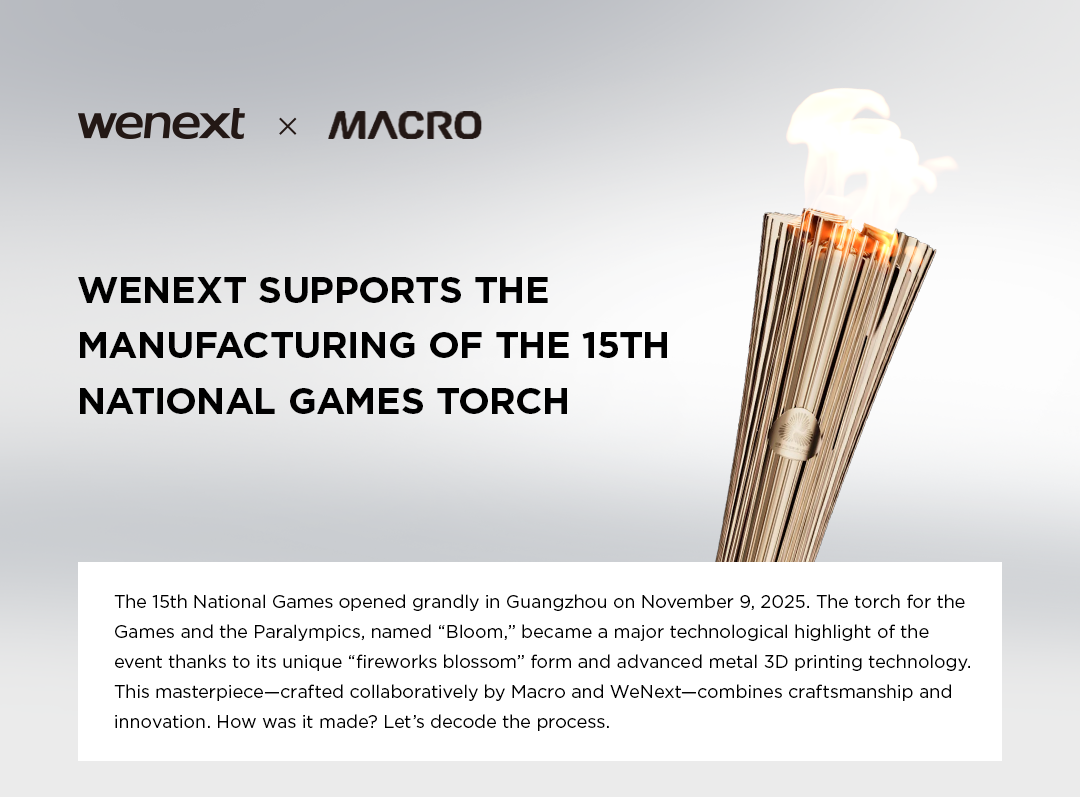
Decoding the manufacturing journey of the “Bloom” torch for the 15th National Games, WeNext broke through the bottlenecks of traditional processes through metal 3D printing technology, transforming Macro’s design concept into reality.

3D printing has become a key technological pillar for the new energy vehicle industry to achieve lightweighting, intelligence, and sustainable development, bringing fresh competitiveness to the sector's advancement.

3D printing technology is reshaping the landscape of the cultural and creative industries in application scenarios such as customized cultural product creation, film & TV IP derivative development, and game merchandise production.

3D printing technology has become a key force driving the advancement of manufacturing in the aerospace sector.

Decoding the manufacturing journey of the “Bloom” torch for the 15th National Games, WeNext broke through the bottlenecks of traditional processes through metal 3D printing technology, transforming Macro’s design concept into reality.
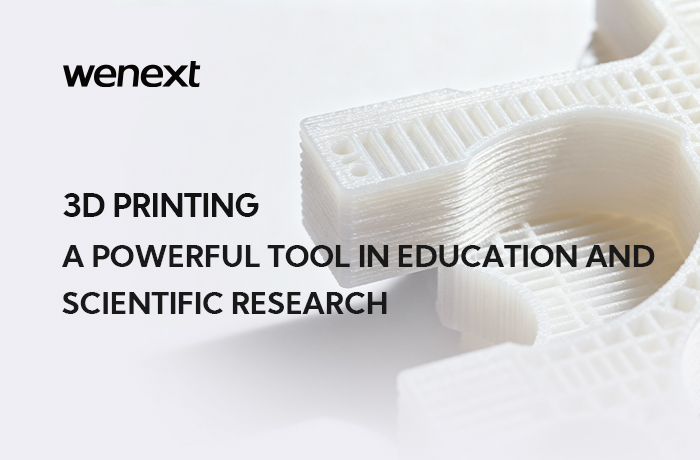
Wenext offers one-stop solutions ranging from rapid prototyping to professional-grade part manufacturing, providing efficient, specialized, and easily accessible manufacturing support for education and scientific research
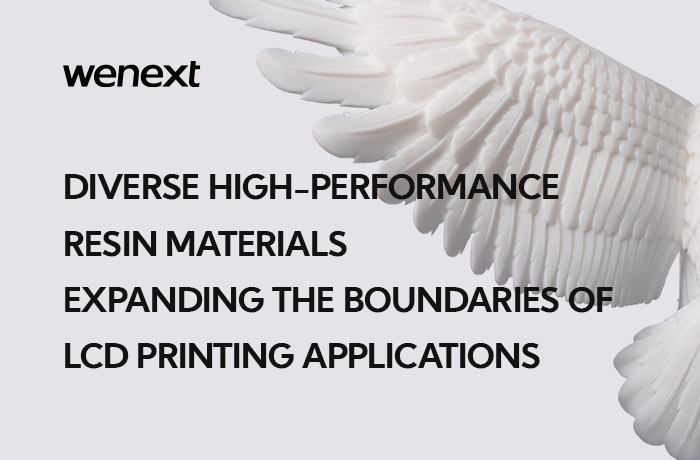
Wenext launches an LCD printing materials application feature, interpreting the unique properties of diverse high-performance printing materials to provide reference for customers in material selection and application for LCD printing.
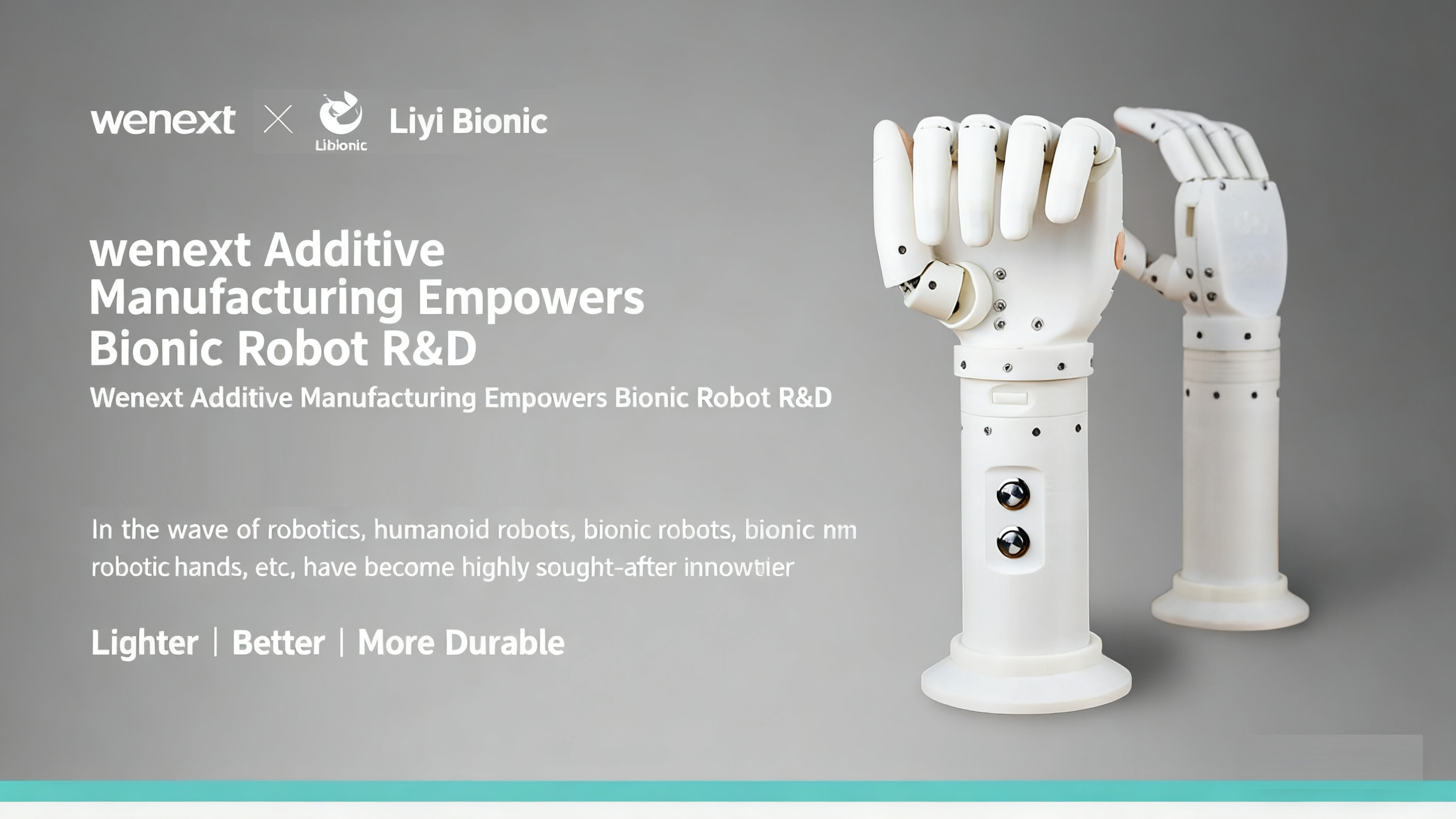
Wenext and Liyi Bionics join hands and, with 3D printing technology as the core manufacturing approach, create a completely new paradigm for the research, development, and mass production of mechanical bionic hands.
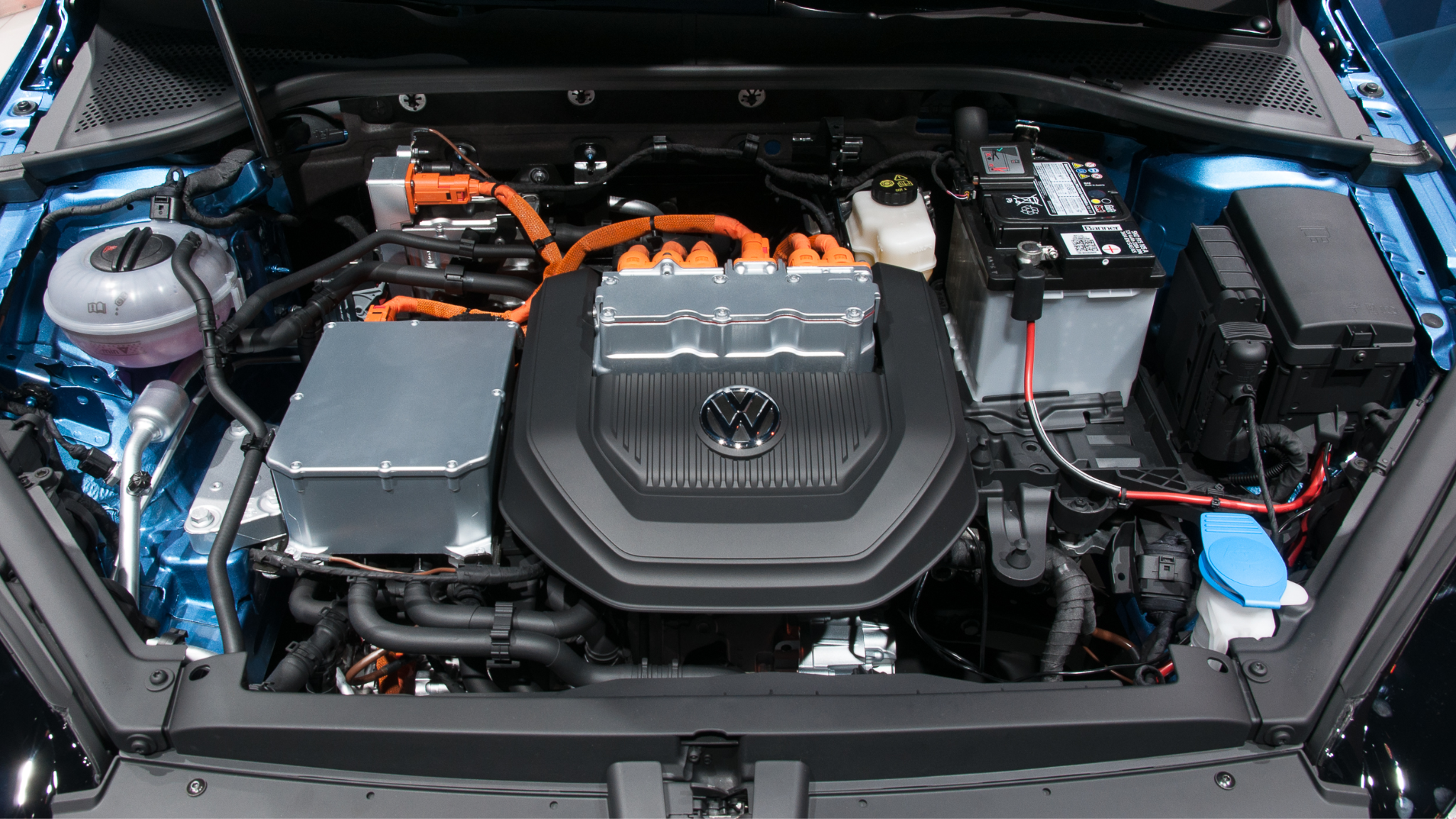
The integration of 3D printing has not only sped up the design process but also introduced unprecedented flexibility and innovation into the automotive industry
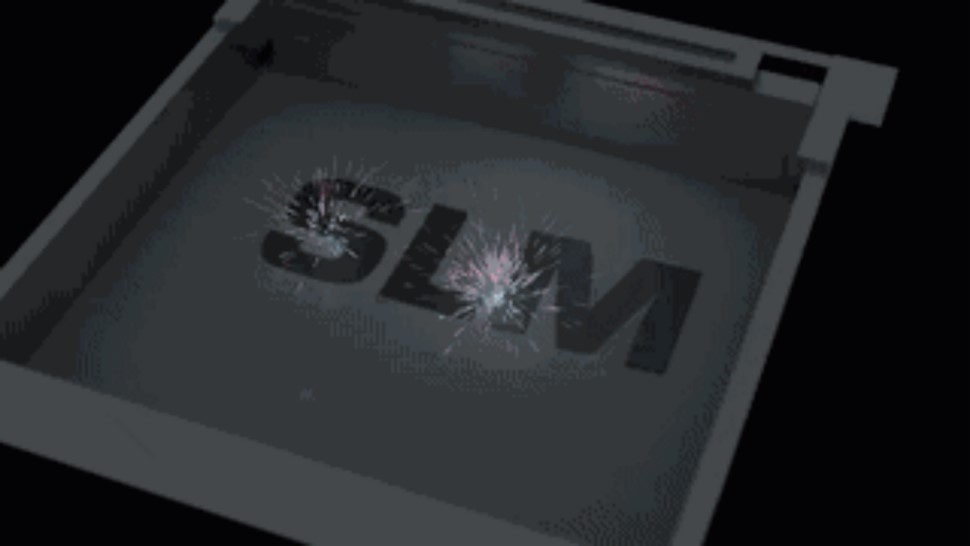
With its unique advantages, SLM metal 3D printing has emerged as a solution for manufacturing intricate metal structural components.
New materials and new technology make 3D Printing silicone possible now! Discover more in this article!
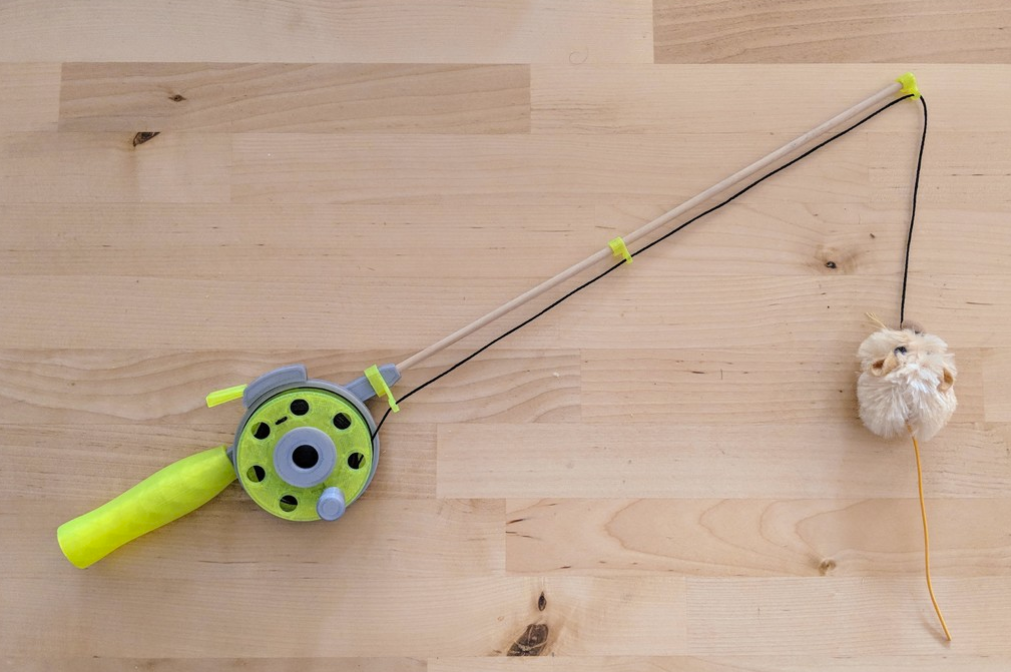
See what toys you can 3D print for your cats, check out the best 3D printed cat toys of 2023 here.
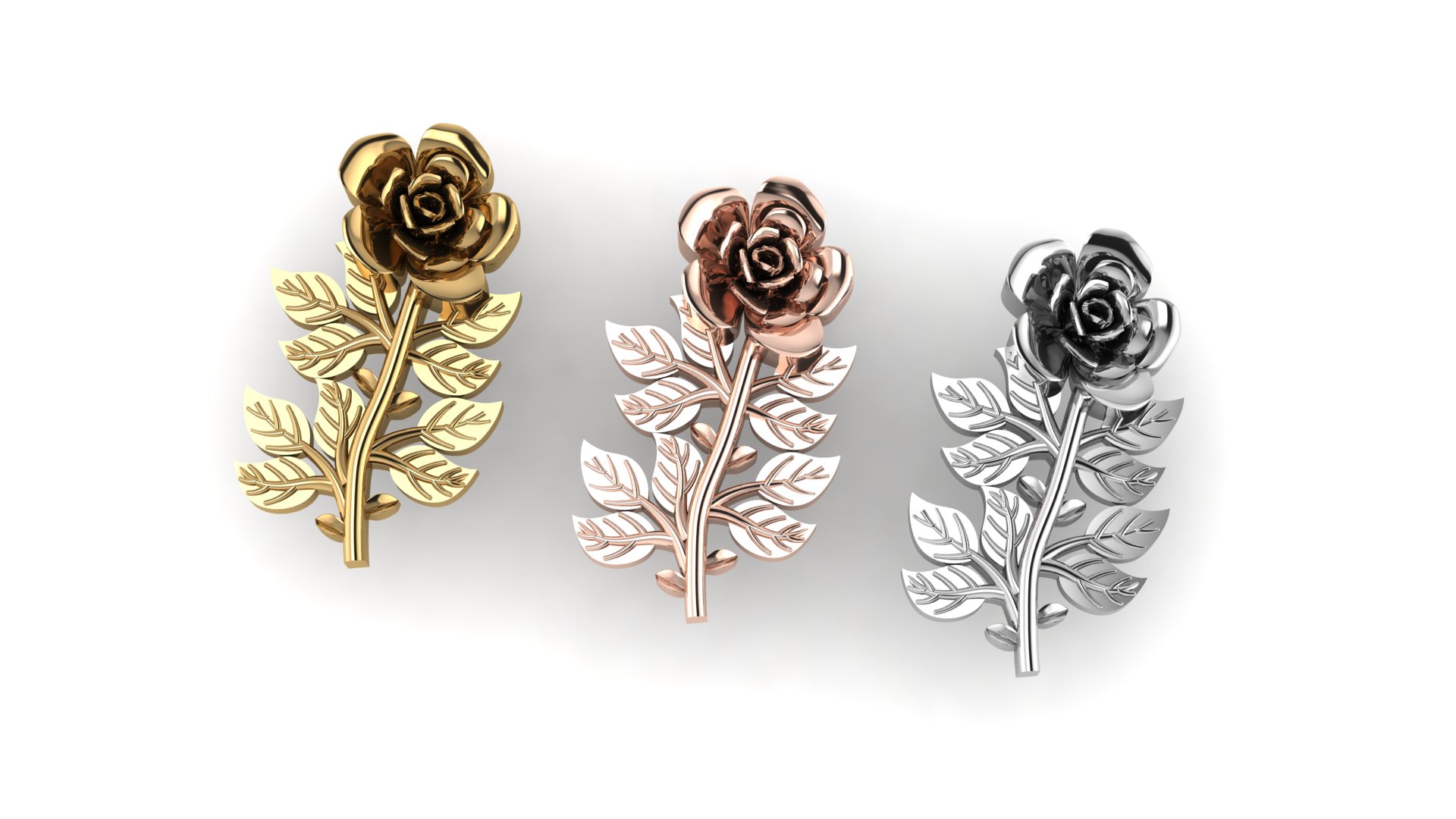
Want to make 3D printed jewelry for yourself or gain inspirations from jewelry 3D models? Check these jewelry STL files out!

©2019-2025 WeNext Technology Co., Ltd. All Rights Reserved.
This website uses cookies for better personalized services. By using our websites, you agree to this use. Privacy Policy
We use cookies to improve your experience, check out Privacy Policy.